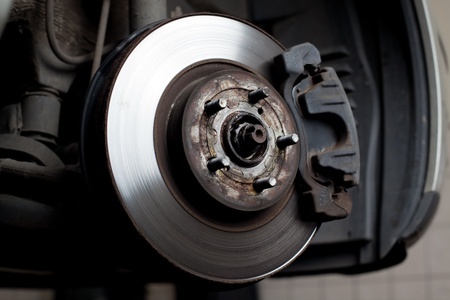When it’s time to change your brakes, you might ask yourself, there are many factors to consider. What types of breaks should you buy? What are the brands you can trust?
Unlike foods, there are no content labels for brake pads. The formulas for brake pads are highly-guarded secrets and vary even within a single brand depending on the use of the pad. For example, a truck may need more medal than smaller cars that can use organic pads just as effectively. A particular manufacturer may offer a number of different pads for the same type of vehicle, but it is not always clear which is best. Sometimes the most expensive is not the safest.
Consider Your Normal Load and Driving Situation
Normal, certified pads should be sufficient for regular driving. You should consider upgraded pads if you tow (boat, trailer, etc.), carry heavy loads (including passengers) or travel regularly on roads with steep grades.
Types of Brakes
There are 3 different types brakes:
Organic
These types of brakes began to be used when asbestos became a problem. They are composed of materials like rubber, glass, carbon, fiber and many more. These are affordable and quiet but they don’t last long as compared to other types of brakes.
Semi-metallic
These brakes are made of iron, copper, steel, or other metals with graphite lubricants. These perform better than organic brakes and do a good job of drawing heat away, but they are more expensive and noisier than organic brakes.
Ceramic
Ceramic brakes are the newest commonly-used pad. They are made of hardened ceramic material that is combined with copper fibers. They last the longest, and they are quiet, but they don’t perform as well as the semi-metallic in colder climates. They are also the most expensive among the types of brakes.
What Brand to Use
If possible, go with trusted name brands. Sometimes, the cheap ones are not always the best. Affordability may be a factor, but keep in mind that choosing the right brake pads could save your car and your life. Your mechanic or the representative at the auto parts store should be able to explain the difference in the brands and may be able to tell you the best for your car.
Check the Warranty
Some brakes offer them, others don’t. If they do not, some retailers offer warranty programs. You will also find lifetime replacement policies with some brands. While considering price, take into account the warranty info as well.
Check the Certification
Check for Certification. Look for D3EA (Differential Effectiveness Analyisis) and BEEP (Brake Effectiveness Evaluation Procedures) Certifications. Make sure they reach a certain minimum Standard.

